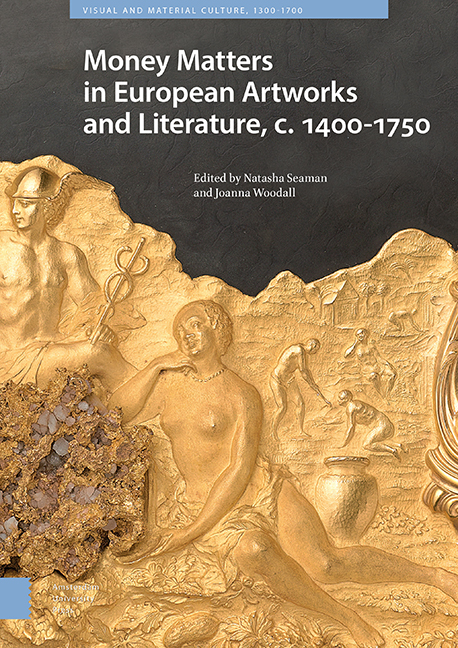The Work of Art: The Installations of Kelli Rae Adams
Published online by Cambridge University Press: 15 September 2022
Summary
In the post-Civil War era in the United States, when the newly created federal paper money was disengaged from the gold standard, critics called it “fiat money” to differentiate it from the inherent value they associated with gold and silver. “Fiat” means “let there be,” as in the Latin translation of God's opening line in Genesis: “fiat lux.” The apt term “fiat art” has been applied to conceptual art of the twentieth and twenty-first centuries, epitomized and inaugurated in Marcel Duchamp's Fountain (1917), an artwork that consists of an industrially manufactured urinal inscribed with a pseudonymous signature, “R. Mutt 1917.” Like money that only has value by assertion, the urinal is art only by decree of the artist. With fiat art, authorship is manifested through the artwork's concept rather than handiwork, often articulated through paratexts like artist statements and artwork titles and embodied in the artist as a godlike executor.
It is thus not surprising that Duchamp (1887-1968) gravitated, as did fellow disruptor Andy Warhol (1928-1987), to modern fiat money as a subject, just as past artists – like those examined in the previous chapters – engaged with the ideologies and aesthetics of coinage, promissory notes, and account books. Duchamp created the Tzanck Check (1919; Israel Art Museum), a meticulously hand-fashioned simulacrum of a bank check, drawn on “The Teeth's Loan and Trust Company,” as barter for dental care. Through it, Duchamp interrogates how value can be inscribed in paper, his signature wavering between notarial mark and celebrity autograph. The works in Andy Warhol's Dollar Bill series, such as 192 One Dollar Bills (1962; Collection Marx, Berlin), by contrast, examine the implications of the mechanical reproduction of money. This artwork consists of an image of a true-to-scale dollar bill – quite convincing from a distance, cartoonish from close quarters – individually silk screened onto a canvas 192 times. Like repeating a single word, the repetition of the single image reduces it to nonsense, highlighting the inherent worthlessness of paper money. At the same time, Warhol co-opts the aura of value, charged by U.S. currency's iconic form, into his artwork whose fiat value, ironically, far exceeds the $192 depicted.
Numerous other artists have followed Duchamp and Warhol into their explorations of fiat money through fiat art.
- Type
- Chapter
- Information
- Money Matters in European Artworks and Literature, c. 1400-1750 , pp. 299 - 308Publisher: Amsterdam University PressPrint publication year: 2022



